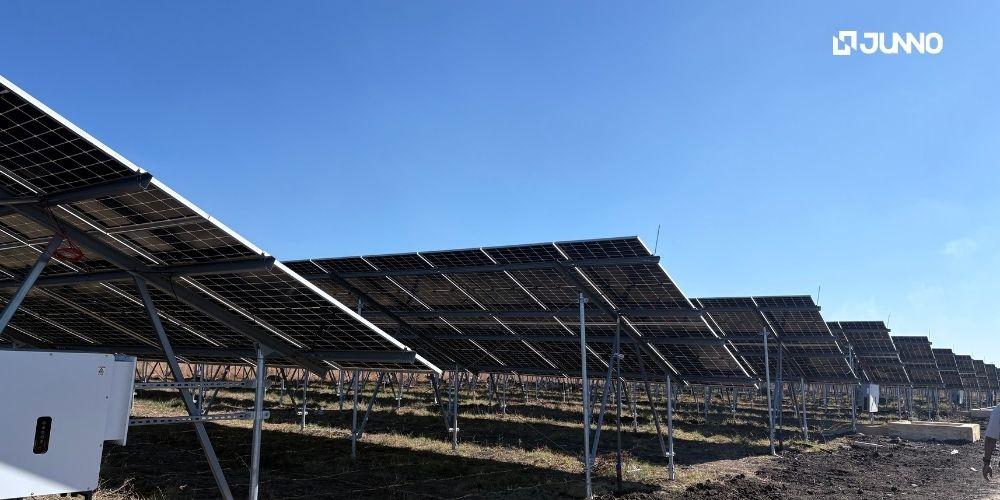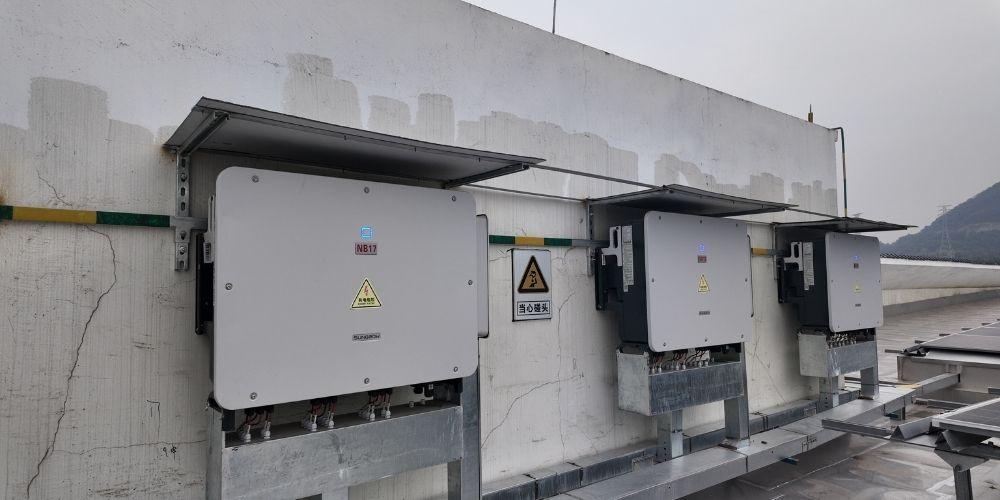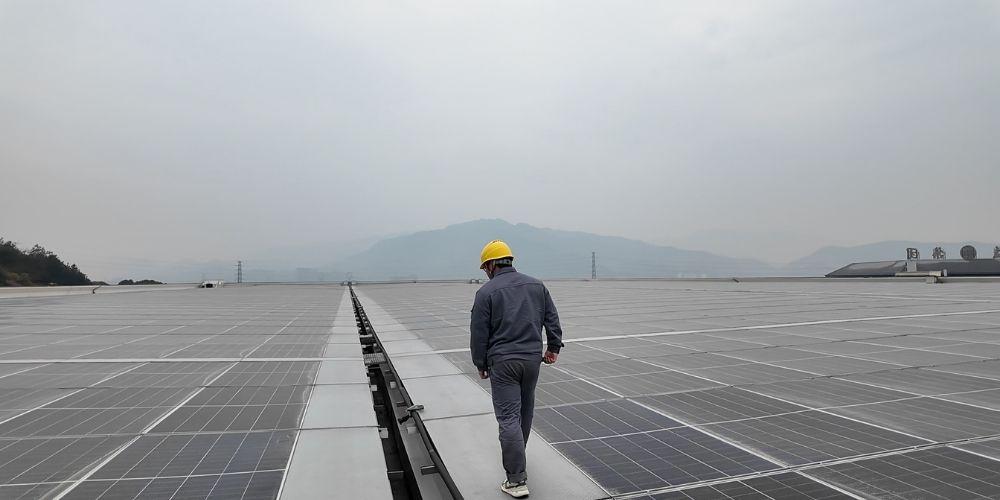20% Power Generation Loss! These Critical Details Are "Stealing" Your Profits!

Environmental Factors
Poor lighting conditions
PV power generation is actually the direct conversion of solar energy into electricity using solar cells through the principle of the PV voltage effect of the semiconductor P-N junction. Therefore, like cloudy, rainy, or hazy days and other less sunny weather, the power generation of the PV power plant will be reduced accordingly.
Excessive Temperature
The efficiency of solar panels declines as temperature rises. In summer, power generation may be lower than on clear days in spring or autumn due to prolonged high temperatures. Increased heat reduces module output power.
Shading Effects
Shading significantly impacts generation. For example, a string of components under the same MPPT loop is shaded by 2 pieces, according to the MPPT algorithm, i.e., the voltage is regulated to find the maximum power point. In this case above, there will be two power peak points, the MPPT tracking point will be lower than normal, and the power generation efficiency will be reduced.
System Design
Tilt Angle & Orientation
The installation tilt and orientation of solar panels directly affect their effectiveness in receiving solar radiation. If the tilt angle and orientation are not set reasonably, the local light resources cannot be fully utilized. For example, in the northern hemisphere, if the solar panels are facing east or west instead of south, the intensity of light received by the solar panels will be weaker at certain times of the day, thus reducing the amount of power generated.

Improper Capacity Configuration
Mismatched module, inverter, and transformer capacities lead to inefficiencies—either underloading ("oversized inverter") or overloading ("undersized inverter"), both reducing system performance.
Equipment Conditions
Module Degradation
Solar panels gradually degrade over time, decreasing conversion efficiency and power output.
Module Damage
Microcracks, hot spots, or physical damage during transport, installation, or cleaning can impair performance.
Inverter Failures
Inverters (critical for DC-AC conversion) may malfunction, causing generation drops or system shutdowns.

Line Losses
Excessive cable length, undersized conductors, or poor connections increase resistance, triggering overvoltage protection and reducing efficiency.
O&M Management
Poor Cleaning & Maintenance
Dust and dirt accumulation on modules reduces light transmittance, lowering output. Regular cleaning is essential.
Inadequate Monitoring Systems
Real-time monitoring detects faults and anomalies early, enabling timely repairs to minimize losses.
Lack of Skilled O&M Personnel
Inexperienced operators may mishandle maintenance or delay troubleshooting, negatively impacting generation.

Optimization Strategies
Site Selection
Choose locations with abundant solar resources and minimal shading, conducting thorough terrain and environmental surveys.
Equipment Selection
Use high-efficiency solar panels and reliable inverters with superior conversion rates to maximize output.
Design & Installation
Optimize module orientation (e.g., true south in the Northern Hemisphere) and tilt angle, balancing factors like snow load, terrain, and land use.
Proactive O&M
Implement scheduled cleaning, equipment inspections, and real-time performance monitoring to address issues swiftly.
Conclusion
Multiple factors influence a solar farm. A holistic approach—covering site selection, design, equipment, installation, and O&M—is key to optimizing output and ensuring profitability. Identifying root causes and adapting solutions to local conditions are critical for boosting efficiency and ROI.